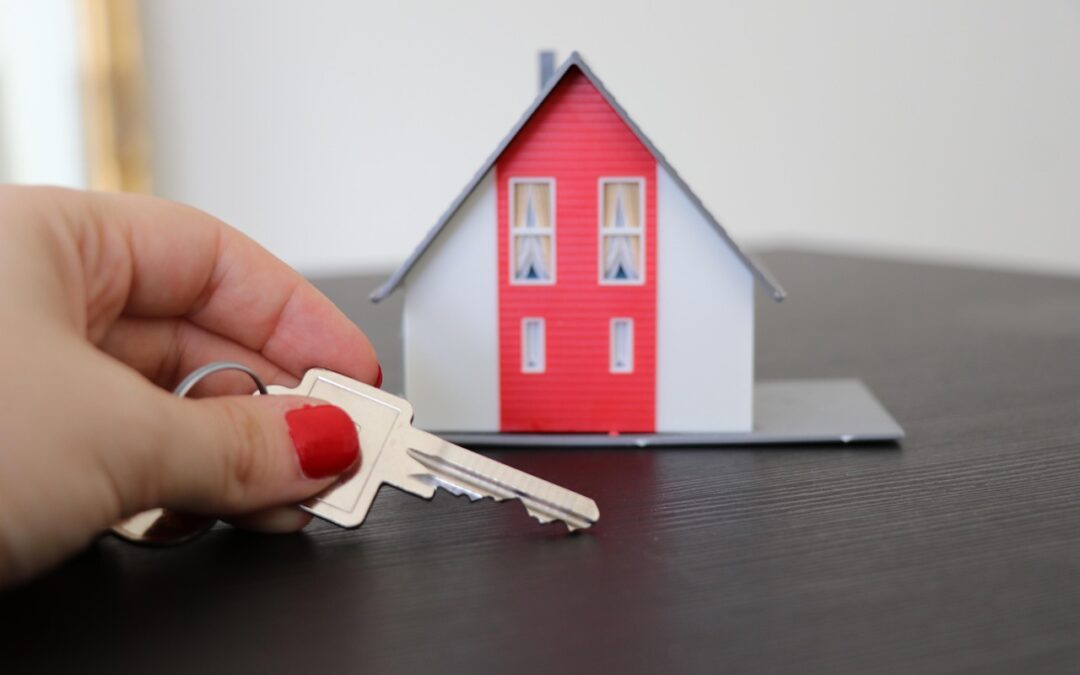Leasing Best Practices Start With Research
For property managers, landlords, and real estate professionals operating in the San Gabriel Valley, Western Inland Empire, and Pomona Valley, leasing best practices are essential to achieving high occupancy rates and tenant satisfaction. The leasing process goes beyond securing a signature—it begins with understanding your audience and ends with a well-prepared move-in. From the first inquiry to the final handshake, your leasing strategy must reflect professionalism, efficiency, and local expertise.
Know Your Local Tenant Base
Before listing a property, define the target audience. In neighborhoods like Baldwin Park or Rosemead, renters may differ from those in Irwindale or Pomona. Market research is critical. Evaluate local rent prices, household income levels, and common tenant profiles—families, students, professionals—using sources like Rentometer or MLS data. This knowledge helps shape marketing and pricing strategies tailored to the local market.
Simplify and Digitize Leasing Best Practices
A streamlined leasing process benefits both the property manager orlandlord and the tenant. Transitioning to digital tools can improve efficiency and attract qualified applicants faster.
Implementing an online application system lets tenants submit documents, references, and income verification with ease. Mobile-friendly forms speed up decision-making and reduce manual errors. Virtual tours, including photo walkthroughs and videos, are increasingly expected. These tools are particularly useful for out-of-area applicants or those with limited availability for in-person visits.
Screen Tenants with Precision and Consistency
Tenant screening is one of the most important aspects of leasing. A thorough, legally compliant process helps mitigate risk and build a stable tenant base.
Establish clear screening criteria before accepting applications. These should include credit score minimums, verifiable income levels (usually three times the rent), and positive rental history. Document all criteria and apply them consistently. Use a trusted screening service to handle background and credit checks. Verifying landlord references remains a valuable step—confirm whether the applicant paid rent on time and left the unit in good condition.
Make the Property Welcoming and Ready
First impressions play a significant role in leasing decisions. A clean, well-maintained unit sends a message of professionalism and care.
Inspect the unit thoroughly before showing. Address visible repairs, touch up paint, and ensure lighting is functional. Consider minor improvements like updated fixtures or landscaping, especially in competitive markets. Provide prospective tenants with an info sheet summarizing amenities, lease terms, and utility information. This helps them feel informed and reduces follow-up questions.
Leverage Multiple Marketing Channels
Strong marketing increases your property’s visibility and brings in the right applicants.
List vacancies across multiple platforms including Zillow, Apartments.com, and Craigslist. Each listing should include professional photos, an accurate description, and a call to action. Highlight features such as on-site laundry, assigned parking, or proximity to transit. Use social media to post video tours, engage with the community, and build trust. A consistent online presence keeps your brand and listings top of mind.
Leasing Best Practices For Communication Success
Effective communication builds credibility and encourages applicants to choose your property over competitors.
Respond to inquiries promptly—within 24 hours is ideal. Confirm application receipt and provide timelines for next steps. If a tenant is declined, communicate this respectfully and in writing. For approved tenants, maintain regular updates until move-in. This includes lease signing, utility setup instructions, and move-in checklists. Clear communication continues after leasing and contributes to long-term satisfaction and retention.
Invest in a Repeatable System to Maintain Leasing Best Practices
Improving leasing best practices is not a one-time fix—it requires ongoing attention and refinement. Use each leasing cycle to identify pain points and update workflows. Track time-to-lease, response rates, and tenant satisfaction after move-in. In markets like El Monte or South El Monte, where competition is strong, professional leasing practices help you stand out.
By focusing on efficiency, communication, and market alignment, property managers and landlords can improve leasing outcomes and contribute to long-term portfolio success.

